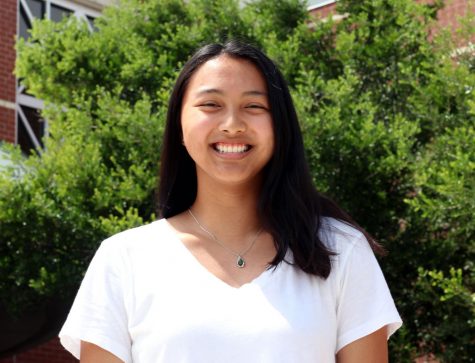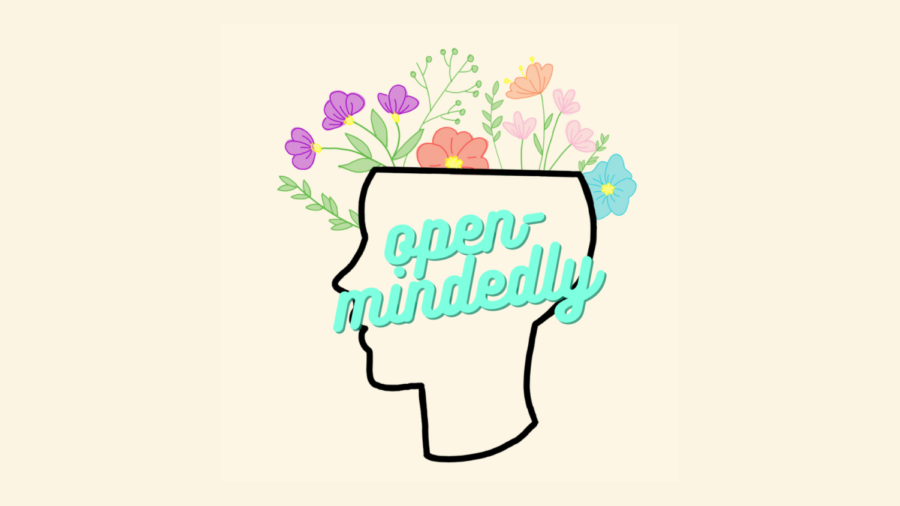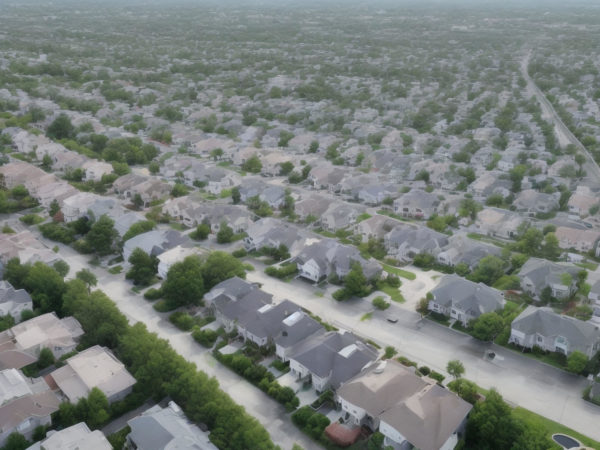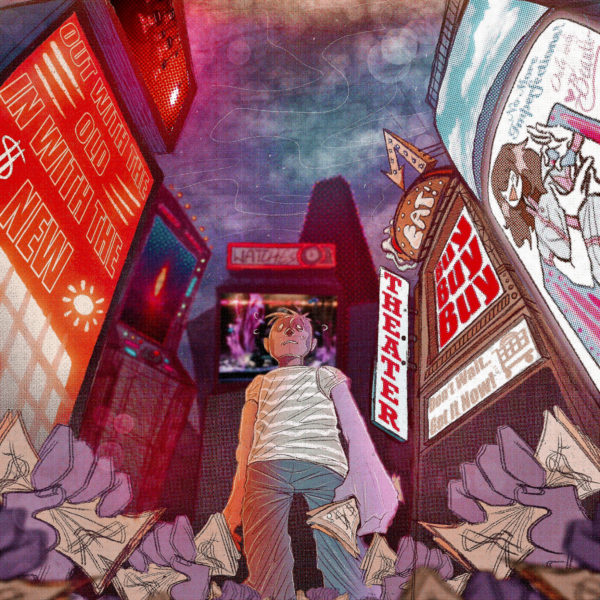Open-mindedly: Seasonal affective disorder
If you have ever found yourself feeling increased levels of fatigue, depression or withdrawal from social environments during the fall and winter months, you may be experiencing seasonal affective disorder, or SAD.
SAD, also known as seasonal depression, occurs as a result of decreased amounts of daylight and changes in seasons. Reduced hours of sunlight can trigger a drop in serotonin levels, as light causes responses in the retina that releases serotonin. Melatonin levels can also influence an individual’s wellbeing, because unbalanced melatonin levels can impact sleep patterns — resulting in oversleeping or insomnia — and an individual’s mood.
Symptoms of SAD typically begin during the fall and continue throughout the winter, and seasonal depression can also occur during the spring and summer months. Symptoms for SAD vary based on the time of the year they occur: fall/winter depression symptoms include fatigue, oversleeping and weight gain, while spring/summer SAD symptoms encompass anxiety, insomnia and weight loss.
In addition to changes in seasons, SAD may worsen pre-existing bipolar disorder symptoms, with depressive episodes occurring in the winter and manic disorder — consisting of extreme levels of highs or euphoric feelings — occurring in the summer. Familial history of SAD is another contributing factor, as those who are blood relatives of individuals with SAD are more likely to also develop seasonal or another form of depression.
Although symptoms of seasonal depression may range, there is a milder version of SAD that people may experience, called the “winter blues.” Its symptoms are primarily composed of feeling down and fatigued during the darkest and coldest times of the year as opposed to depression or depressive states. The major difference between the winter blues and seasonal depression is one’s ability to function. While winter blues may make it difficult to wake up in the morning, an individual experiencing the winter blues is still able to handle their daily workload or activities, whereas SAD can hinder one from completing tasks.
While anyone may be susceptible to SAD, 75% of people diagnosed with seasonal depression are women. Although researchers have not yet learned why women are more heavily impacted than men, trends show that those who develop symptoms tend to begin during early adulthood. An individual’s likeness of developing SAD lessens the older they get.
Some factors in developing SAD, such as cloudy weather or living far from the equator, may be out of an individual’s control; however, there are multiple ways to combat seasonal depression. Light therapy is one treatment method in which an individual is exposed to natural or artificial light; the light is used to help balance melanin levels and increase serotonin levels. Other treatment options include forms of psychotherapy (talking therapy), antidepressant medications and spending more time outdoors.
Even though seasonal depression is a self-diagnosable condition, if you believe you are experiencing SAD, you should visit your doctor and get tested. Tests are typically composed of a physical exam and psychological evaluation in order to rule out possibilities of other forms of depression or other mental illnesses.

Senior Andie San Luis is the editor-in-chief and this is her second year on staff. She spends copious amounts of time on Spotify, plays the french horn...













![Junior Chase Harris watches JJ Hatcher’s family being recognized on the field. Harris and Hatcher were close friends, playing baseball together since they were kids and playing football together in high school. “[The game] makes me sad,” Harris said. “But it definitely feels really good because [JJ] will be there in spirit and be with us, cheering us on and running alongside us.”](https://www.hebronhawkeye.com/wp-content/uploads/2023/08/IMG_2267.JPG_YES-600x400.jpg)